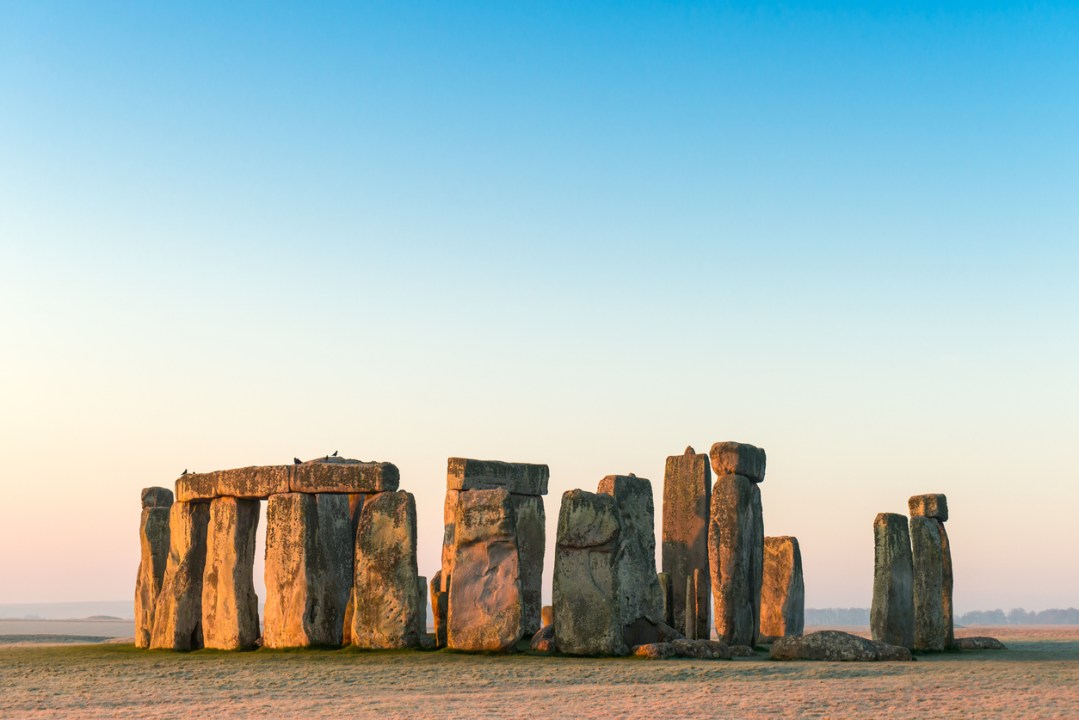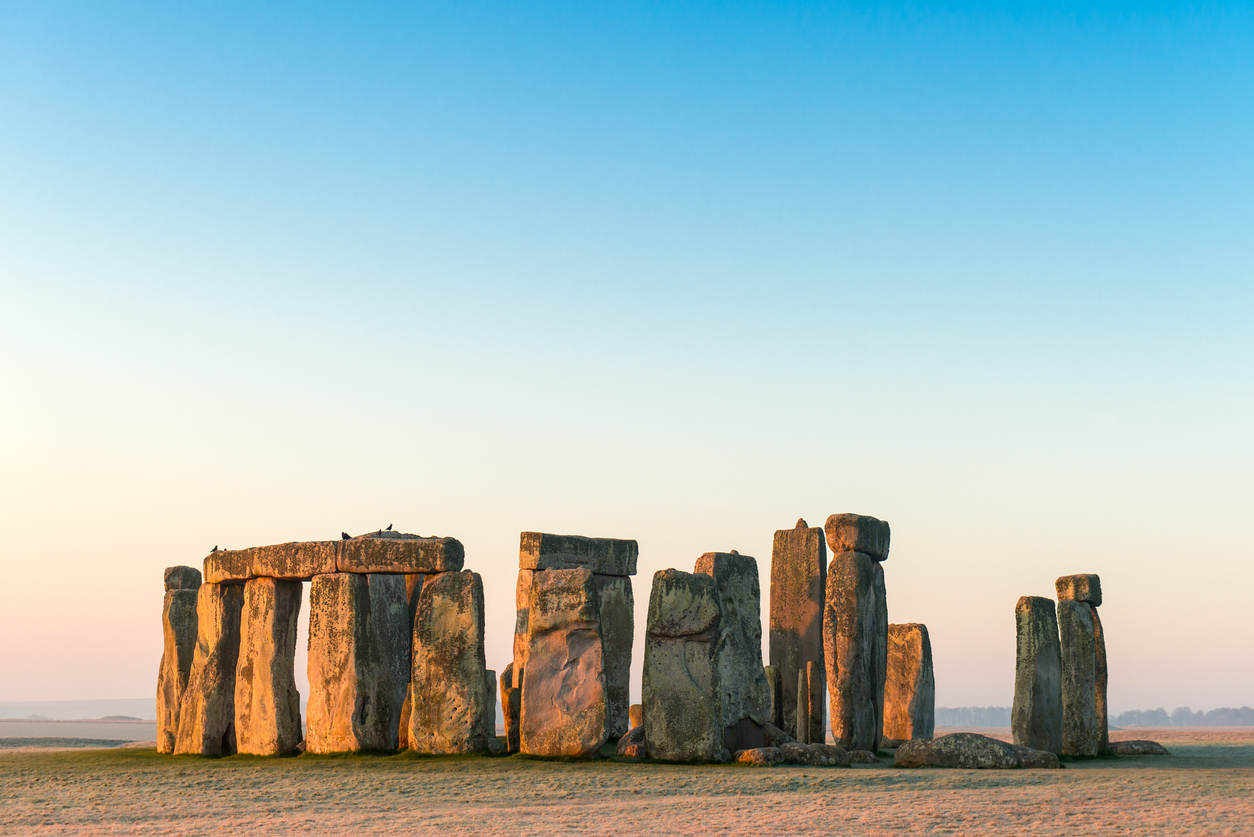In recent years the study of human ancient DNA – extracted from excavated remains rather than living people – has become so popular that scientists are trying to clamp down on the number of samples taken from long-dead individuals.
The research keeps coming, however, and it can be hard to keep up. One recent project might have passed unnoticed outside of its specialism, but for one thing: Silvia Ghirotto, one of the scientists, told a journalist the people who built Stonehenge probably had ‘dark features’.
In other words, they were black.
The new study, from the University of Ferrara and published in the online journal bioRxiv, analysed ancient DNA from 348 people who died across Eurasia between 45,000 and 1,700 years ago. It found a more or less steady shift during that time from dark to lighter hair, eyes and skin, occurring at a slower rate than had previously been suspected. For most of those years, Europeans were browner than they are now.
While this insight into timing is new, the idea of darker-skinned people living in ancient Britain is not. But it’s contentious.
On the one hand, there is a reaction against it, with claims that the notion is inspired by wokery. There are many vocal proponents of a belief in white indigenous Britons. On the other hand, are people – among whom I count several archaeological colleagues – who welcome the DNA research for the very reason that it appears to undermine the indigenous white narrative. Atinuke, an award-winning Nigerian-born author, recently wrote Brilliant Black British History. Beautifully illustrated by Kingsley Nebechi, it won the 2024 British Book Awards book of the year for children’s non-fiction. ‘The first Britons’, writes Atinuke, ‘like all Western Europeans in those days… were Black’. As were the people who built Stonehenge. Later came the Celts, who were ‘white migrants’, enslaved by further immigrants, ‘important Black and white Romans’.
Both of these arguments are wrong.
The racial terms ‘white’ or ‘Black’, are tied to the US history of slavery and the civil rights movement, and contemporary issues of African American politics. They are irrelevant when discussing earlier societies. Ancient DNA shows it’s wrong to think of early people in Britain as ‘white’ in the sense that they were pale-skinned, because they were mostly darker. But Black – note the capital B – doesn’t work either. Dark-skinned, black-haired people living in Britain 10,000 years ago had European ancestry. They were not in any sense African.
How did this come about? In the course of human evolution, body hair and skin colour had to choose between admitting too much sunlight (bald and pale, losing vitamin B9, important for a successful pregnancy) and too little (hirsute and dark, resulting in insufficient vitamin D and unhealthy bones and muscles). Modern humans evolved in Africa and later, starting perhaps as much as 200,000 years ago, colonised parts of the world with less sun. Arriving in Britain 40,000 years ago, Homo sapiens, as Atinuke puts it, found ‘rainy islands in the North Sea that had no spices to make food taste wonderful’. Other things being equal, this explains the gradual fading of skin and hair that the Ferrara study has found across Eurasia.
But the history of ancient people in Britain is not just about colour. More than anything, it’s about movement. Hunter-gatherers (who came from across Europe, not Africa) colonised Britain after the Ice Age ended 12,000 years ago. Their poster-boy is Cheddar Man, who DNA paints as possessing dark or black skin, dark hair and blue-green eyes. His descendants, and their lifestyle, disappeared quite suddenly when slightly paler immigrant farmers came in boats to settle 6,000 years ago; their descendants were the people who created Stonehenge. They in turn were largely overwhelmed by more migrants with yet paler skin 4,500 years ago; and the same again occurred around 3,000 years ago. And that’s before we get to Romans (who did include some dark-skinned Africans), Anglo-Saxons, Vikings (who might just have brought some north Africans into northern Europe), and so on.
The very idea of ‘indigenous Britons’ as some kind of ancestor for modern people, whatever the skin colour, is meaningless. It’s a moving target: people changed over the millennia. Very little of any human DNA from the time of Stonehenge, for example, lives on today. Neither were the ‘very first Britons… Black’, nor the people who built Stonehenge: they may have had darker skin, and we might even call them black, but they had no immediate African ancestry. What the DNA tells us, along with all the richness of the archaeology illuminating past lives with ever more discoveries, is that movement, migration and even occasional population replacement, were a defining part of our islands’ long history. The more such studies as this new one are completed, the closer we get to those real lives.








Comments